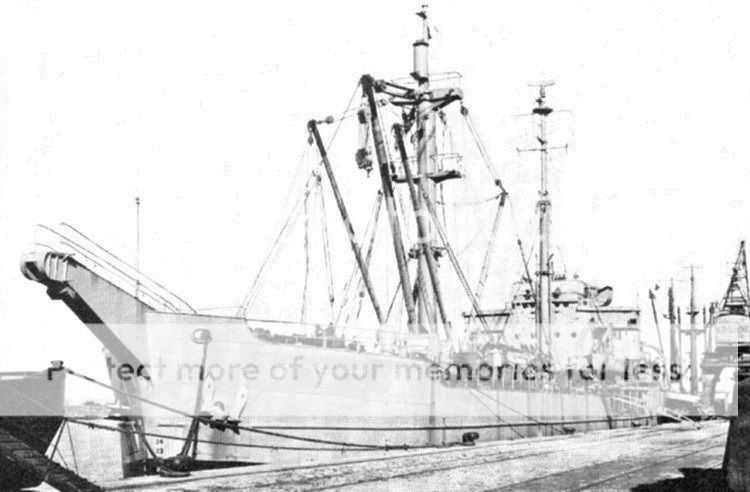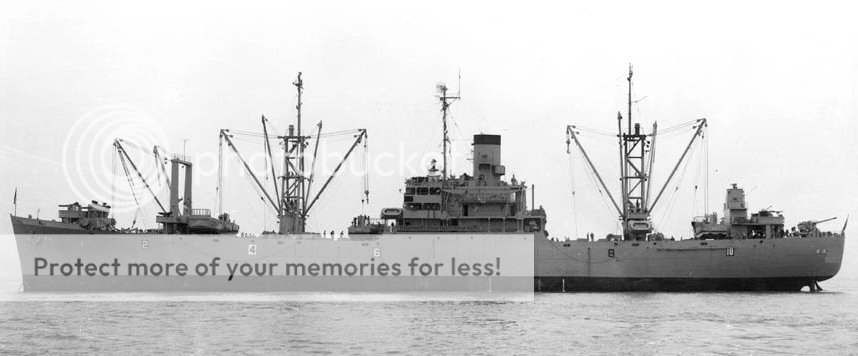Marinestützpunkt Warnemünde, Tuesday, 31 May 1949
The report that the ‘port maintenance ship’
Bottsand had formally arrived at Warnemünde to begin her training with the Lehrdivision coincided with the arrival of the personnel jackets of her officers – and these had piqued Wulle’s interest. The ship’s captain was listed as
Korvettenkapitän Walter Warzecha, with whom Wulle had served in the Imperial Navy during the Great War. He recalled Warzecha as a good shipmate and promising officer who had ‘retired’ to the reserve to pursue a career in marine salvage. That he had been reactivated to command this odd ship began to change Wulle’s thinking. Moreover, several of her deck officers had held reserve commissions as well – giving Warzecha a good nucleus upon which to build.
Wulle had come down to the docks to inspect the
Bottsand and discuss with her captain the training programme that had been sketched out. The former timber carrier seemed unprepossessing enough, though the massive cathead at her bow screamed his purpose of lifting heavy weights from beneath the sea. So too did the heavy derricks on her foremast. After being piped aboard Wulle was accorded the courtesy of a brief inspection, wherein Warzecha pointed out the arrangements made for workshops, storage of salvage equipment and materials, and the accommodations for her work crews, which, Wulle was pleased to discover, were a part of the Kriegsmarine’s own naval construction troops, rather than the Army engineers he had originally feared. That was one less potential problem avoided.
After his inspection Wulle and Warzecha sat down in the wardroom to review the schedule of exercises for the next month that would shape the ship’s crew into a naval unit, as opposed to a collection of individuals. The question of practical training opportunities remained to be resolved, but Wulle left the meeting confident he could assure Admiral Glaser that the challenge of the
Bottsand would be overcome.



